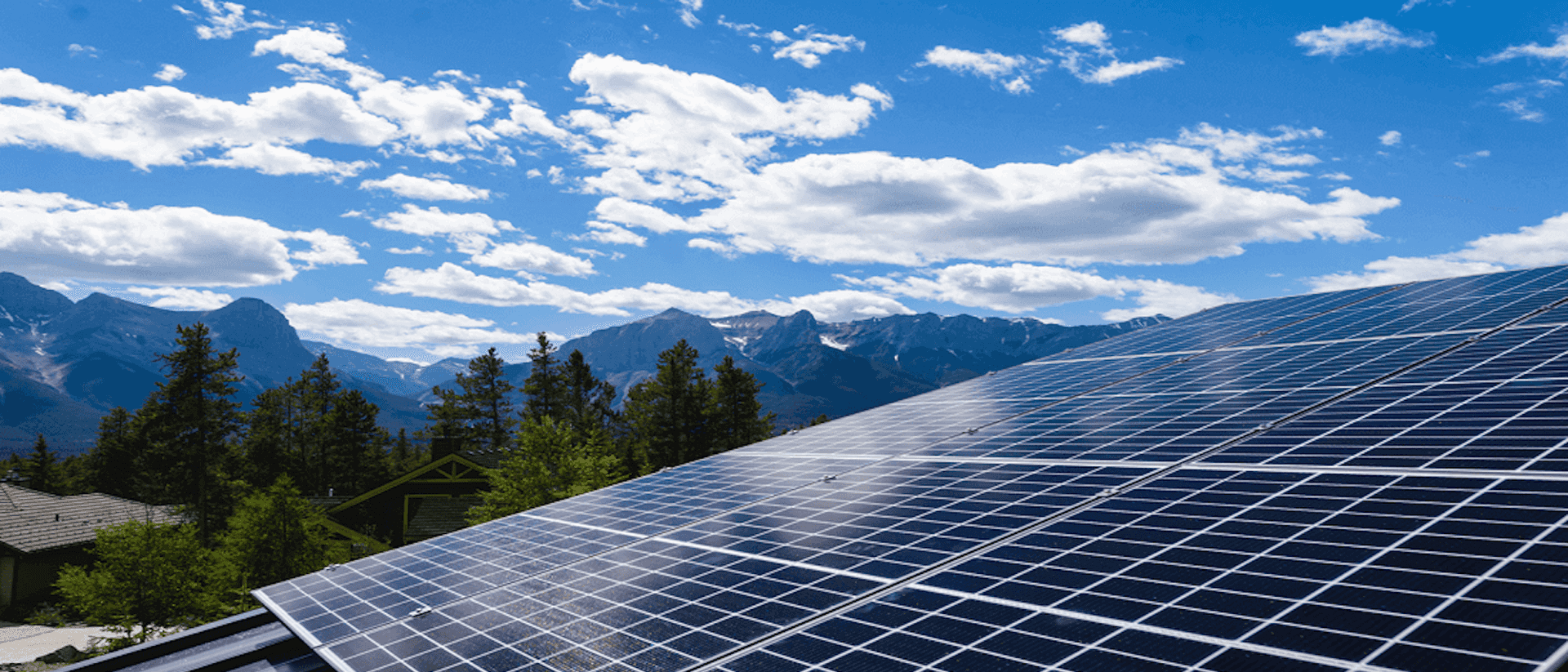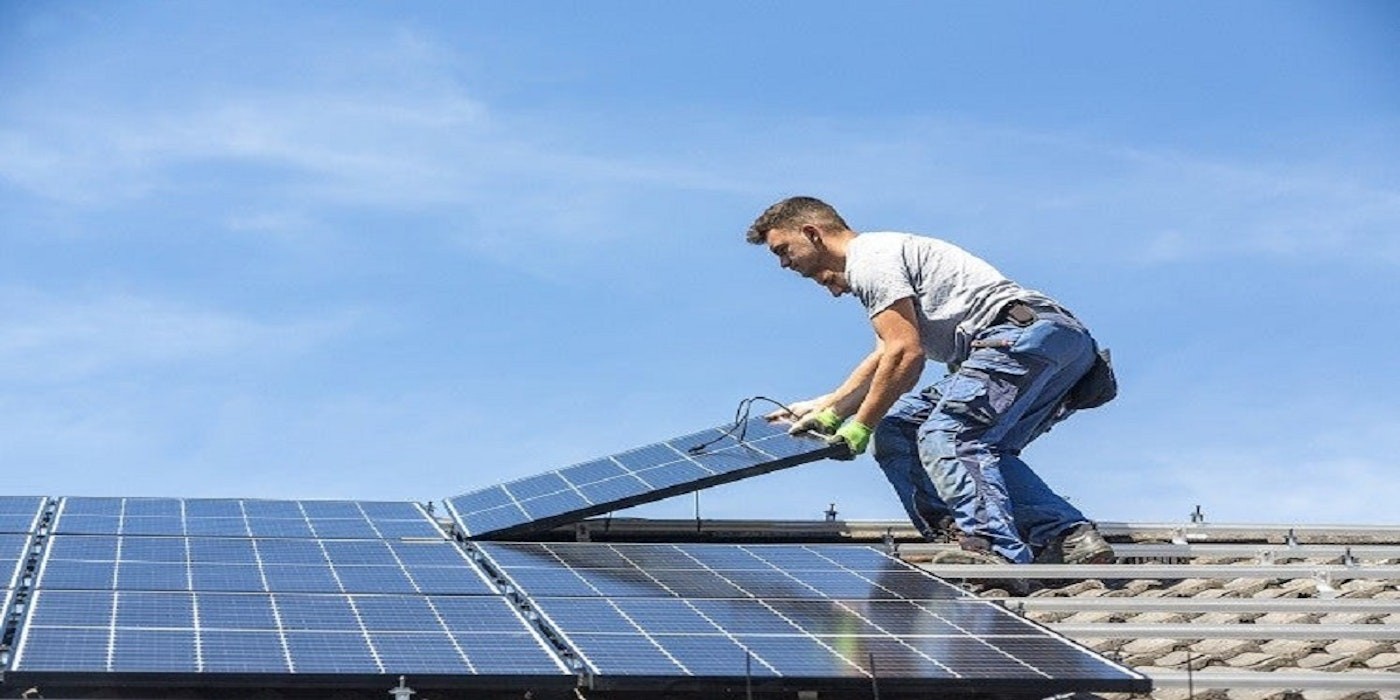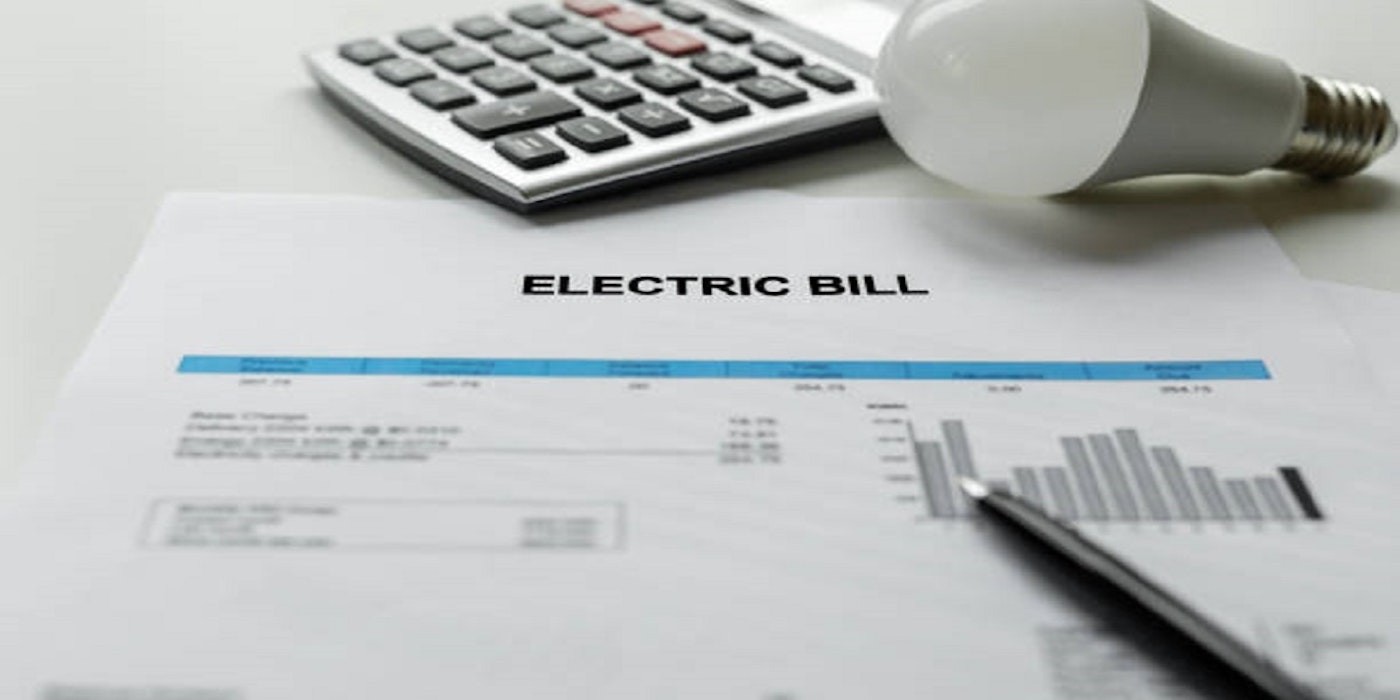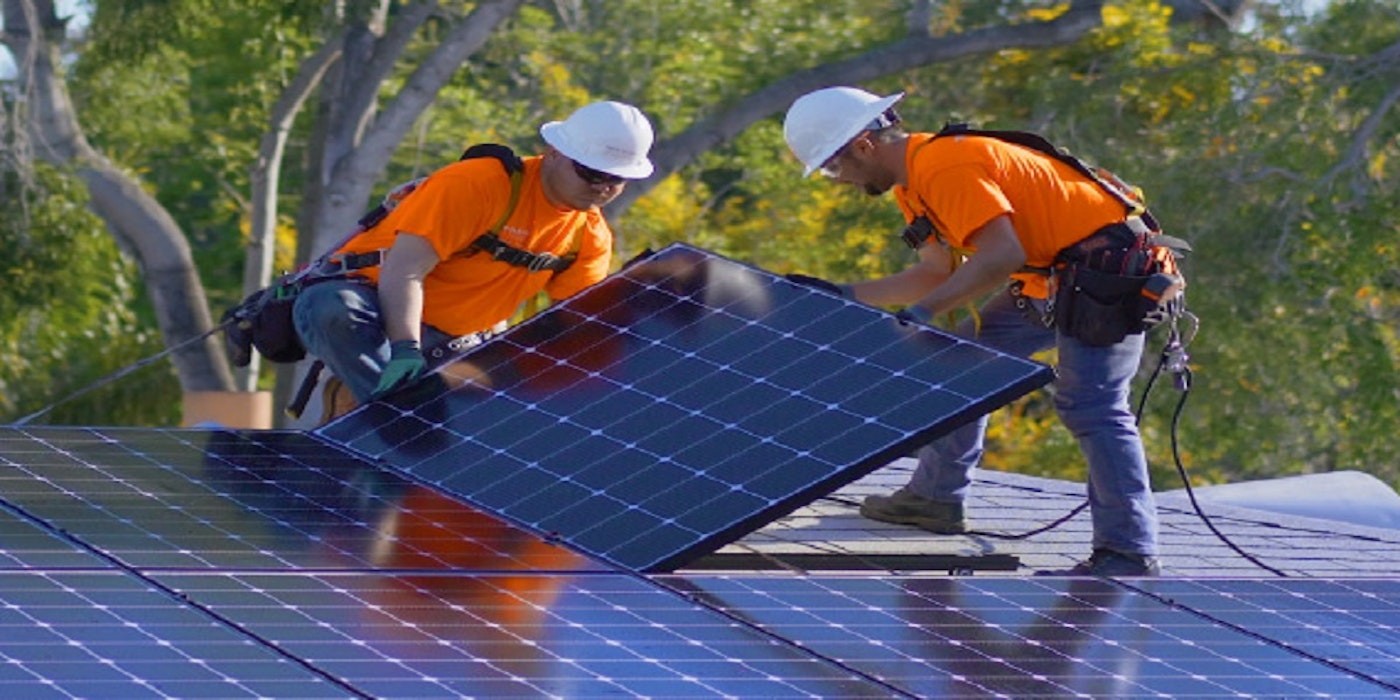How Much Do You Save with Solar Panels? A Look at the Savings Potential in Australia

Solar panels have become increasingly popular in recent years as people look for ways to reduce their carbon footprint and save on electricity bills. In Australia, the sunny climate makes solar panels an attractive investment, but many people still need to figure out the potential savings. However, many people still need to learn about the potential savings of installing solar panels. In this blog, we will explore the savings potential of solar panels in Australia, including the initial costs, savings on electricity bills, and feed-in tariffs. By understanding the financial benefits of solar panels, more people can make informed decisions about whether solar energy is right for them. The Australian Photovoltaic Institute (APVI) is a non-profit organization established in 2009 to promote and facilitate the development and use of solar photovoltaic (PV) technology in Australia. The organization also provides training and education programs to encourage the adoption of solar PV technology and support the professional development of those working in the industry.
Initial Costs of Solar Panels

The initial cost of installing solar panels is a significant factor many people consider before switching to solar energy. The cost of solar panels will vary depending on several factors, such as the size of the system, the quality of the boards, and the installation costs.
For instance, a 6.6 kW solar panel system can cost between $4,000 and $10,000 in Australia, depending on the brand and installation costs. However, the cost of solar panels has decreased in recent years, making them more affordable for homeowners and businesses. The cost of solar panels has fallen by 80% over the past decade, making them a more accessible option for many people.
When considering the initial cost of solar panels, it's essential to factor in their long-term savings. Although the initial cost may seem high, solar panels can significantly reduce electricity bills in the long run. Furthermore, many governments and electricity providers offer incentives and rebates to help offset the initial cost of solar panel installation, making it more affordable for people to switch to solar energy.
Savings on Electricity Bills

One of the most significant benefits of installing solar panels is the potential savings on electricity bills. The savings you can achieve will depend on several factors, such as the size of the solar panel system, your energy usage, and the amount of sunlight your panels receive.
On average, a 6.6 kW solar panel system in Australia can generate around 25 kWh of electricity per day. The amount of energy generated can vary depending on factors such as the location of your property, the weather conditions, and the orientation of your solar panels. Using all the energy generated by your solar panels could save you around $1,000 per year on your electricity bills.
The actual savings you can achieve will depend on your energy consumption patterns. If you use more electricity than your solar panels generate, you may still need to purchase electricity from the grid. In this case, your savings on your electricity bills will be less than if you consumed all the energy generated by your solar panels.
However, if your solar panels generate more energy than you need, the excess energy can be exported back to the grid. Your electricity provider will pay you a feed-in tariff for any energy you ship to the grid. The feed-in tariff rate will vary depending on your electricity provider and location.
Feed-in Tariffs

Feed-in tariffs are an essential component of the savings potential of solar panels. A feed-in tariff is a scheme that pays homeowners or businesses for the excess energy they generate from their solar panels and exports it back to the grid. The feed-in tariff rate will vary depending on the location and electricity provider.
In Australia, feed-in tariff rates can range from 6 cents per kilowatt-hour (kWh) to 20 cents per kWh, depending on the state or territory. For instance, in New South Wales, the feed-in tariff rate ranges from 5.5 cents to 20 cents per kWh, while in Victoria, it ranges from 6 cents to 10 cents per kWh.
The feed-in tariff scheme allows homeowners and businesses to earn money for the excess energy they generate, making solar panels an even more attractive investment. By exporting the excess energy generated by solar panels back to the grid, you not only reduce your reliance on grid electricity but can also earn an income from your solar investment.
It's important to note that the rate of feed-in tariffs can change over time, and the amount paid may depend on the time of day or season. Some electricity providers offer time-of-use tariffs, which vary depending on the time of day and demand for electricity. You can maximize your feed-in tariff earnings by managing the times you use electricity.
Overall Savings Potential

The overall savings potential of solar panels in Australia is significant. By combining the savings on electricity bills with the earnings from feed-in tariffs, homeowners and businesses can achieve significant financial benefits from investing in solar energy.
On average, a 6.6 kW solar panel system in Australia can generate around 25 kWh of electricity per day. If you consume all the energy generated by your solar panels, you could potentially save around $1,000 per year on your electricity bills. In addition to this, the excess energy generated by your solar panels and exported back to the grid can earn you an additional income from feed-in tariffs.
For instance, if you generate an excess of 10 kWh of electricity per day and receive a feed-in tariff rate of 10 cents per kWh, you could earn an additional $365 per year. In this case, the total savings potential from a 6.6 kW solar panel system is $1,365 annually.
It's important to note that the savings potential of solar panels will depend on several factors, such as the size of the solar panel system, your energy usage patterns, the amount of sunlight your panels receive, and the rate of feed-in tariffs in your location. However, on average, homeowners and businesses can save on their electricity bills significantly and earn an additional income from feed-in taxes.
Final Thoughts
In conclusion, solar panels offer significant savings potential for homeowners and businesses in Australia. While the initial costs of installation may be high, the long-term financial benefits of solar energy can outweigh the initial investment. The savings potential of solar panels is achieved through a combination of reduced electricity bills and earnings from feed-in tariffs. The savings will depend on several factors, including the size of the solar panel system, energy usage patterns, and the rate of feed-in taxes in the location.
Overall, the savings potential of solar panels in Australia is significant, and investing in solar energy can help you make a wise financial decision in the long run, to get started check out our solar finance options. By considering the savings potential and environmental benefits, homeowners and businesses can decide whether solar energy is a suitable investment for them.
FAQs
How much can you save on your electricity bills by installing solar panels?
The amount you can save on your electricity bills by installing solar panels will depend on your energy usage patterns, the size of your solar panel system, and the amount of sunlight your panels receive. A 6.6 kW solar panel system can save homeowners around $1,000 annually.
What are feed-in tariffs?
Feed-in tariffs are a scheme that pays homeowners or businesses for the excess energy they generate from their solar panels and export back to the grid. The feed-in tariff rate will vary depending on the location and electricity provider.
How much can you earn from feed-in tariffs in Australia?
The amount you can earn from feed-in tariffs in Australia will depend on your location and electricity provider. Generally, feed-in tariff rates can range from 6 cents per kilowatt-hour (kWh) to 20 cents per kWh, depending on the state or territory.
Is investing in solar panels a sound financial decision?
Investing in solar panels can be a wise financial decision in the long run. While the initial costs of installation may be high, the long-term financial benefits of solar energy can outweigh the initial investment. It's essential to consider factors such as location, shading, and property suitability before deciding to install solar panels.


.png)







